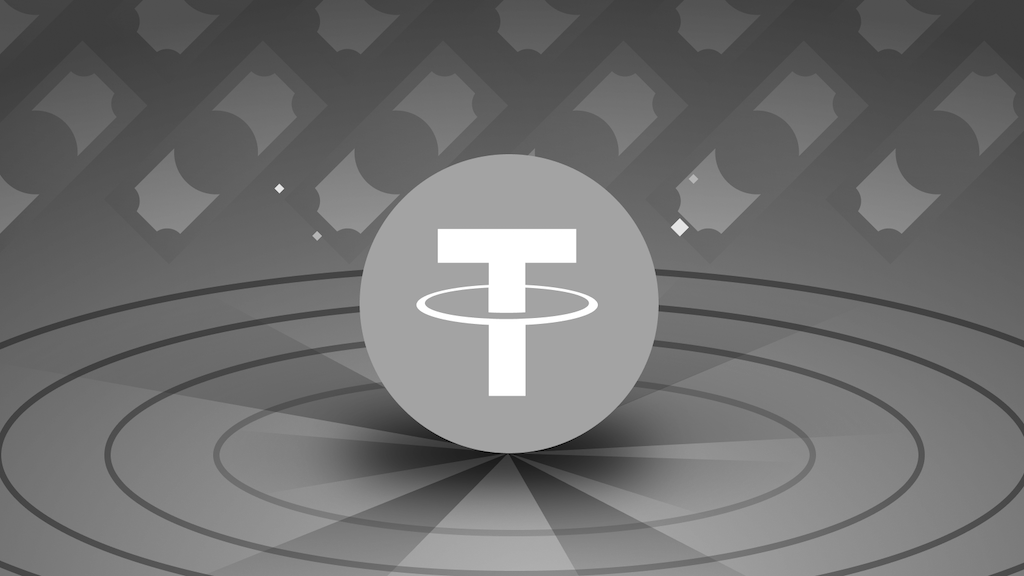The History of Tether: How the First Stablecoin Was Created
Tether (USDT) is one of the most well-known and widely used cryptocurrencies in the world. It is a stablecoin, meaning a digital asset whose value is pegged to fiat currencies like the US dollar. Today, USDT is a key tool in the cryptocurrency ecosystem, providing stability and liquidity to markets. But how did this revolutionary project come to life?
The Birth of an Idea
Tether’s story began in 2014, when three entrepreneurs — Brock Pierce, Reeve Collins, and Craig Sellars — came up with the idea of creating a cryptocurrency backed by real-world assets. They recognized that the extreme volatility of Bitcoin and other cryptocurrencies was a major obstacle to their widespread adoption for business transactions and everyday payments.
Their vision was to create a digital asset that combined the transparency and speed of blockchain with the reliability of traditional fiat currencies. This led to the creation of Realcoin.
Rebranding and the Launch of Tether
In November 2014, the team announced that Realcoin would be rebranded as Tether Limited, and the token itself was renamed USDT. The new project immediately caught the attention of the crypto community as it solved a crucial issue—providing price stability, unlike most other digital assets.
Initially, USDT was built on Bitcoin’s blockchain using the Omni Layer protocol, which allowed for the issuance and management of tokens on an existing network. Over time, Tether expanded to multiple blockchains, including Ethereum (ERC-20), Tron (TRC-20), Solana, Avalanche, and others.
How Tether Works and Its Early Challenges
The core principle of Tether is simple:
- Each USDT token is backed by 1 US dollar (originally, the company claimed to hold an equivalent amount in reserves for every issued token).
- Users can exchange USDT for real dollars, making the stablecoin a convenient tool for capital storage and transactions.
However, as Tether’s popularity grew, it faced criticism over transparency regarding its reserves. In 2017, concerns arose about whether all USDT tokens were truly backed by fiat currency.
Scandals and Legal Battles
Between 2018 and 2019, Tether found itself at the center of multiple controversies:
- Lack of regular audits raised doubts among regulators and users.
- In 2019, it was revealed that Tether’s reserves included not only US dollars but also other assets, such as commercial paper.
- Tether’s ties to the Bitfinex exchange led to an investigation by the New York Attorney General’s office. In 2021, Tether Limited and Bitfinex agreed to pay an $18.5 million fine and committed to regularly disclosing their reserves.
Despite Challenges, Tether Remains the Market Leader
Despite the controversies, Tether remains the world’s largest stablecoin. Traders, exchanges, DeFi protocols, and businesses actively use USDT for:
- Hedging against crypto market volatility.
- Fast transfers between exchanges and wallets.
- Accessing DeFi and other financial services.
As of January 2025, USDT’s market capitalization exceeds $90 billion, with daily trading volumes in the tens of billions.
Conclusion
Tether was the first and remains the most dominant stablecoin, playing a crucial role in the evolution of the cryptocurrency market. Despite numerous scandals and regulatory pressures, USDT continues to be a fundamental liquidity tool in the digital economy.
However, with increasing regulation and competition from USDC, DAI, and PYUSD, Tether’s future remains uncertain. Will it maintain its leadership? Only time will tell.

0 Comment